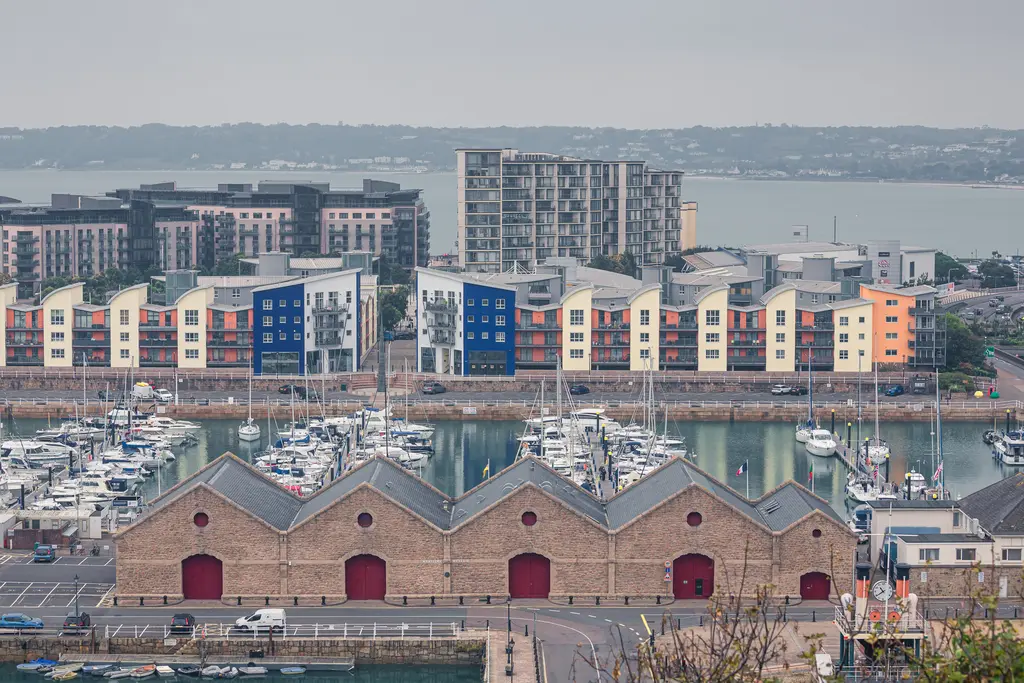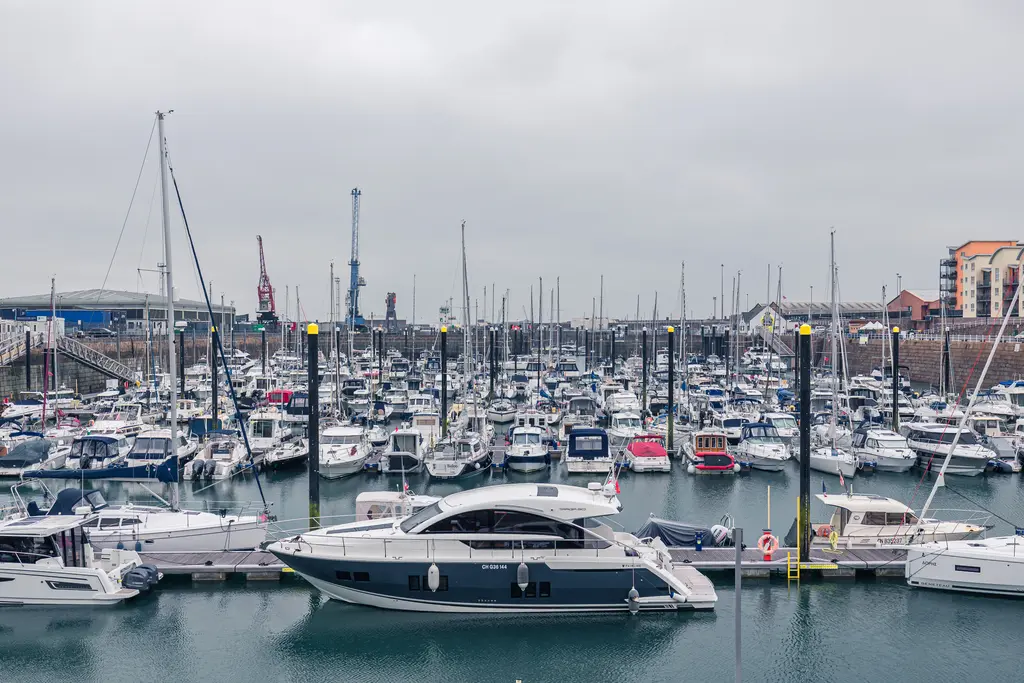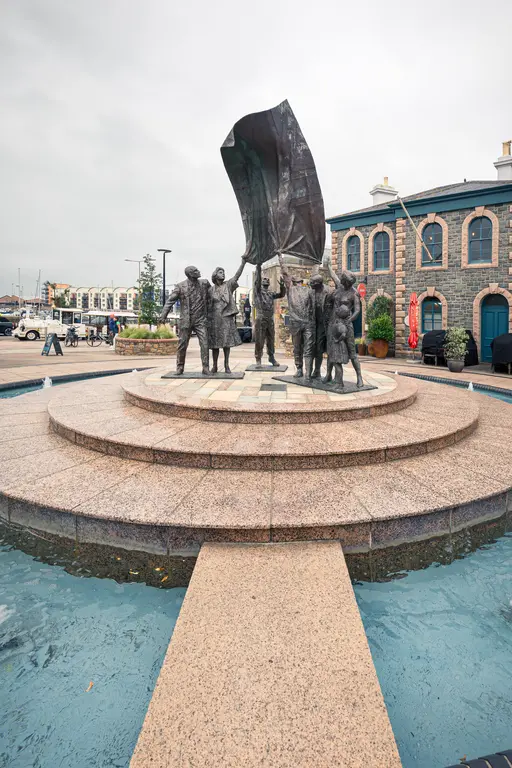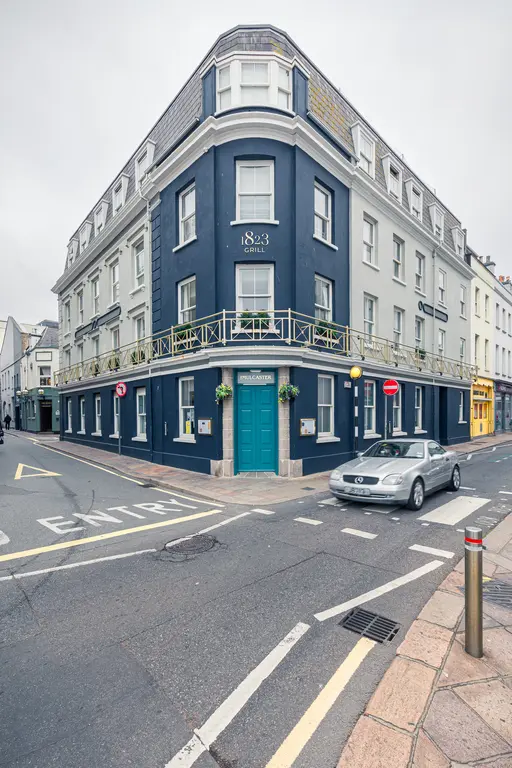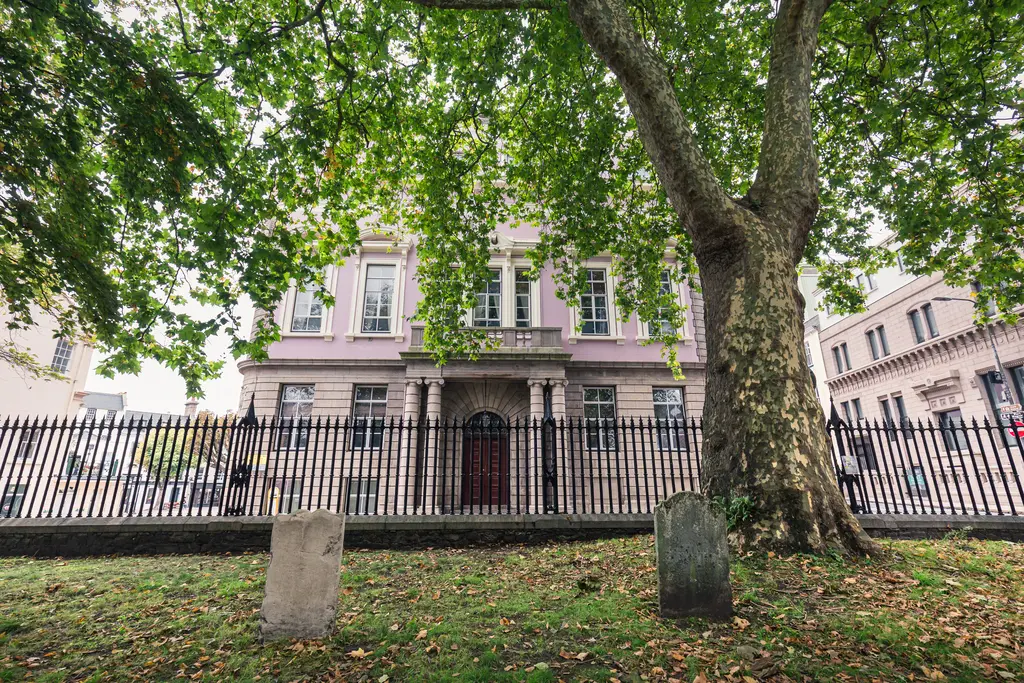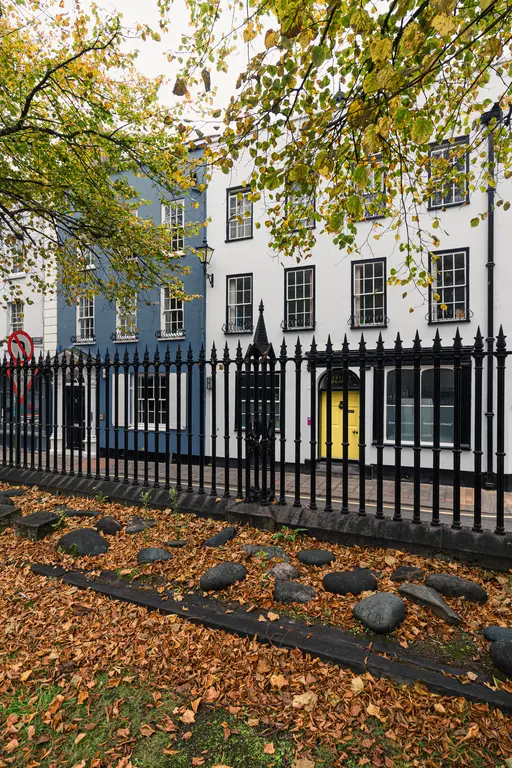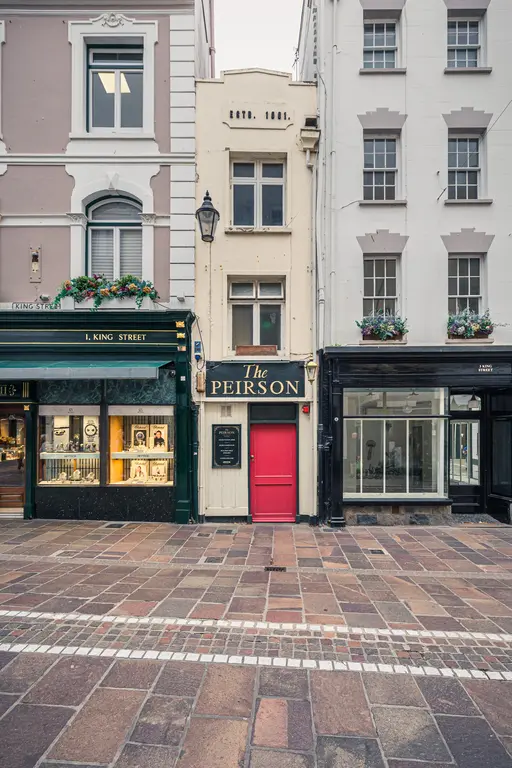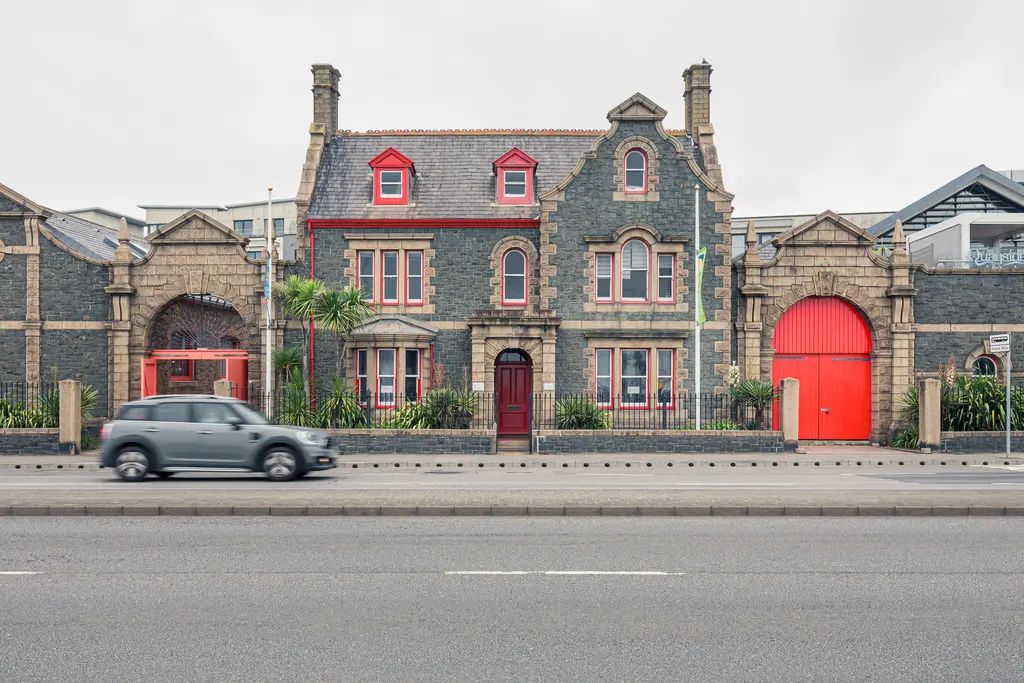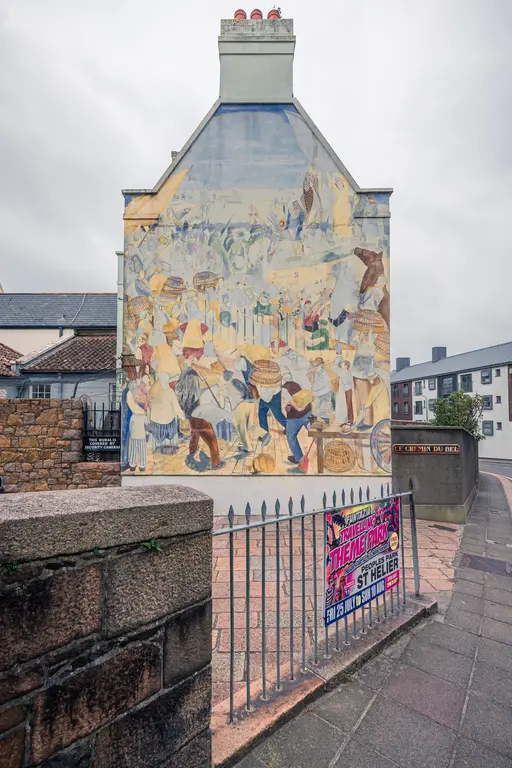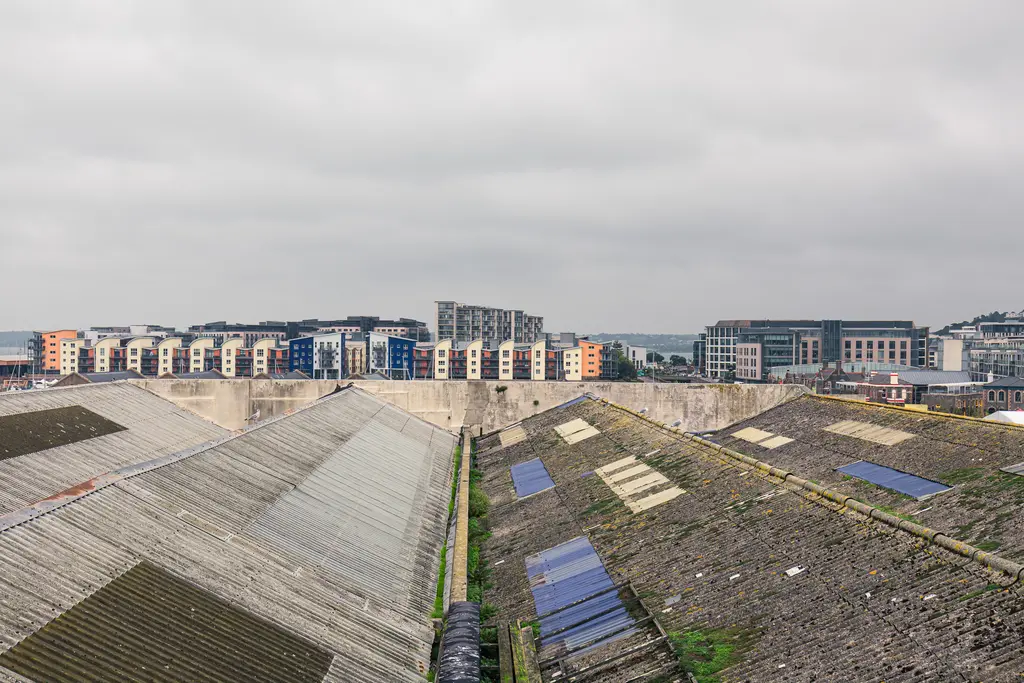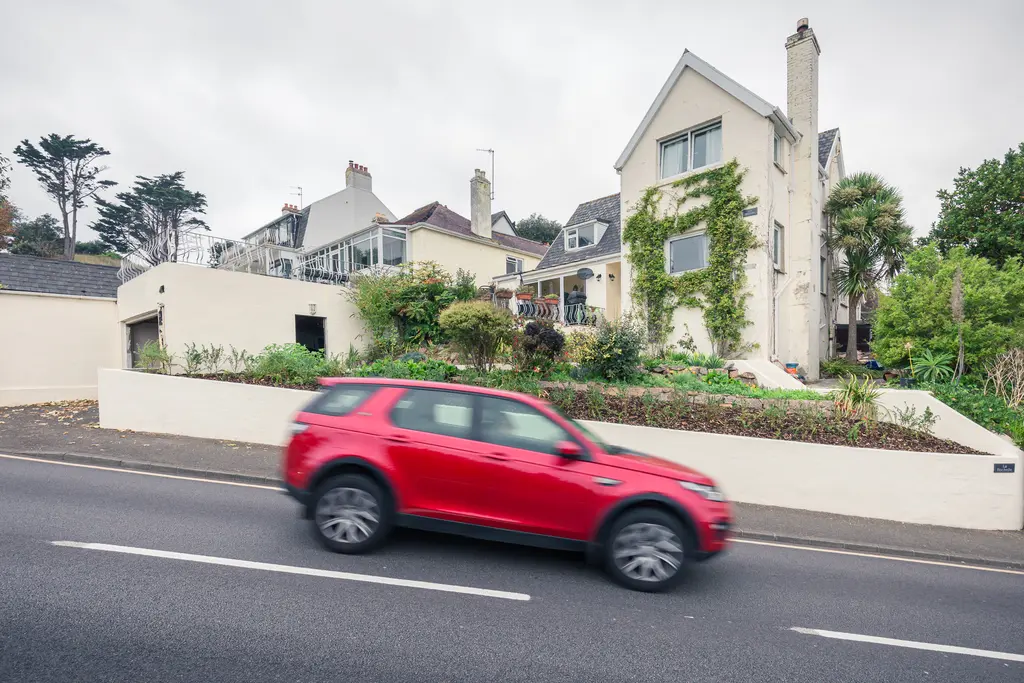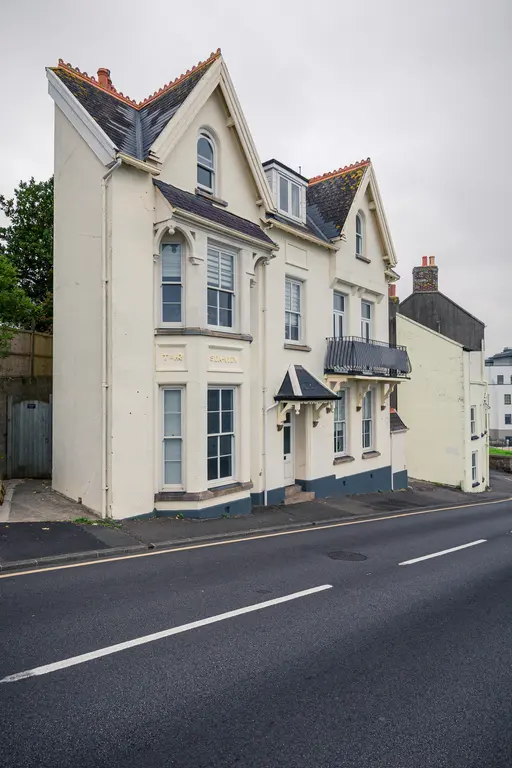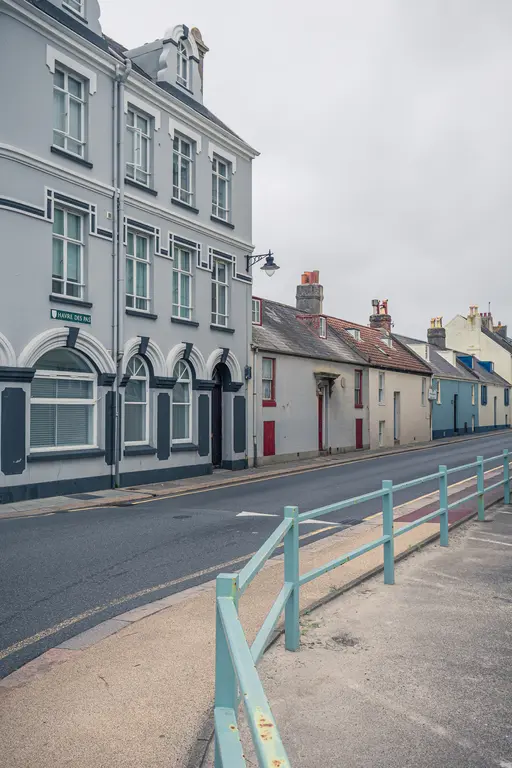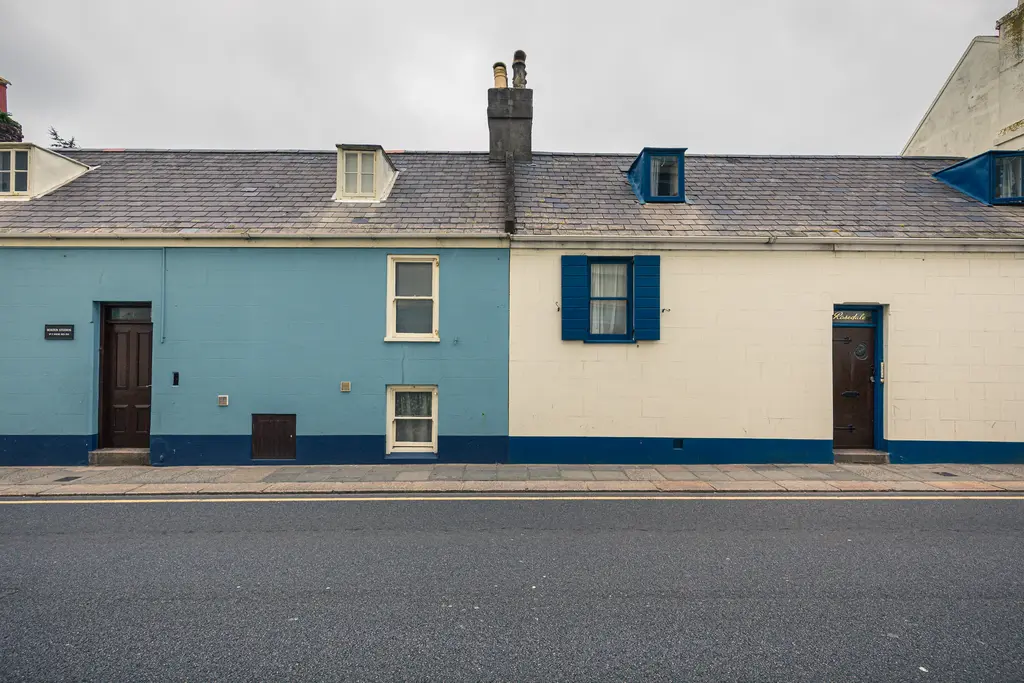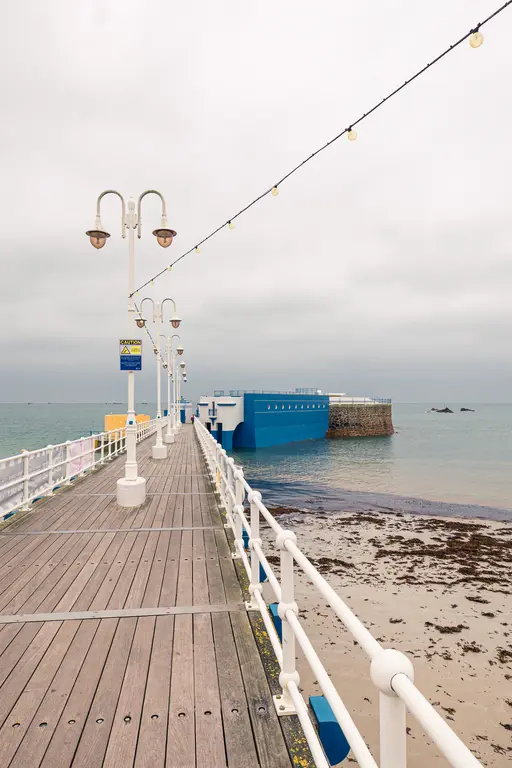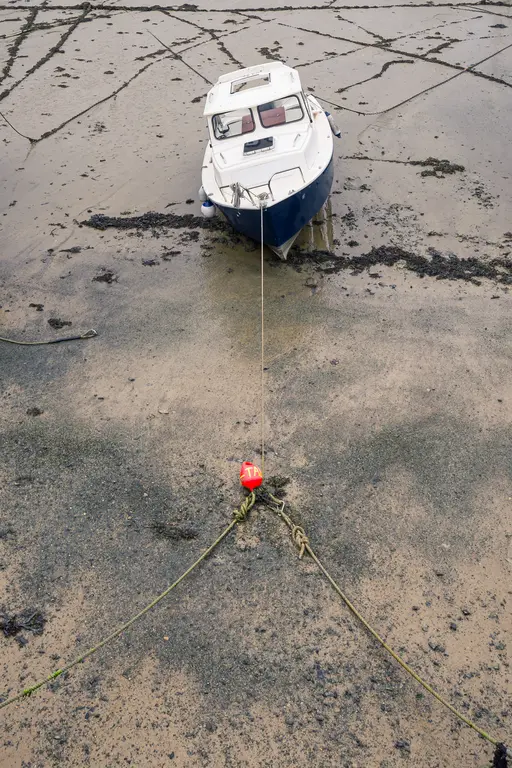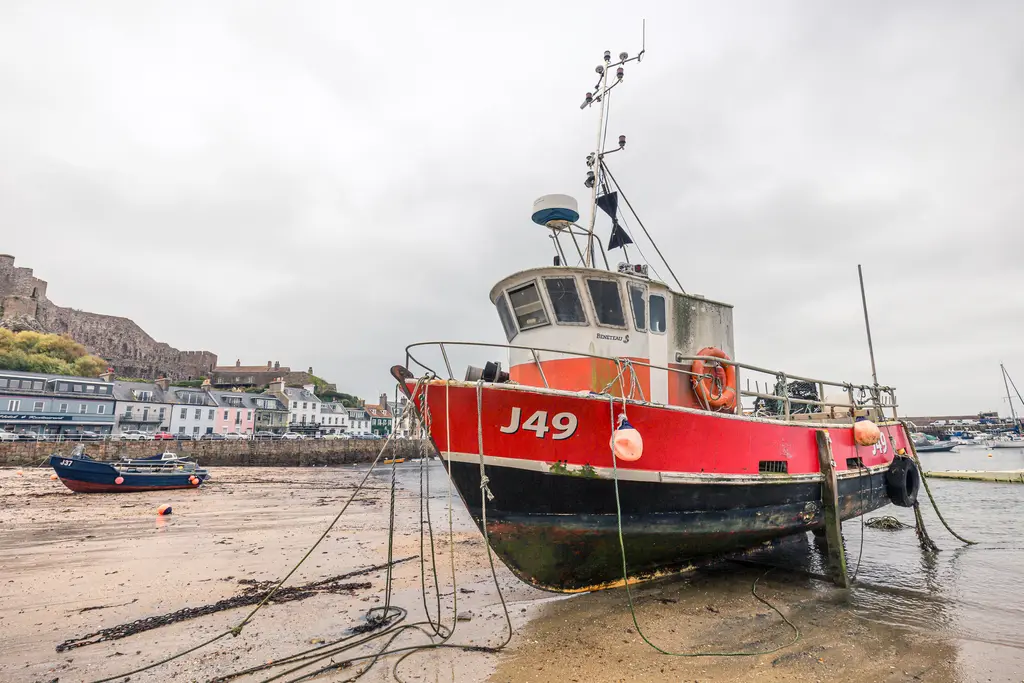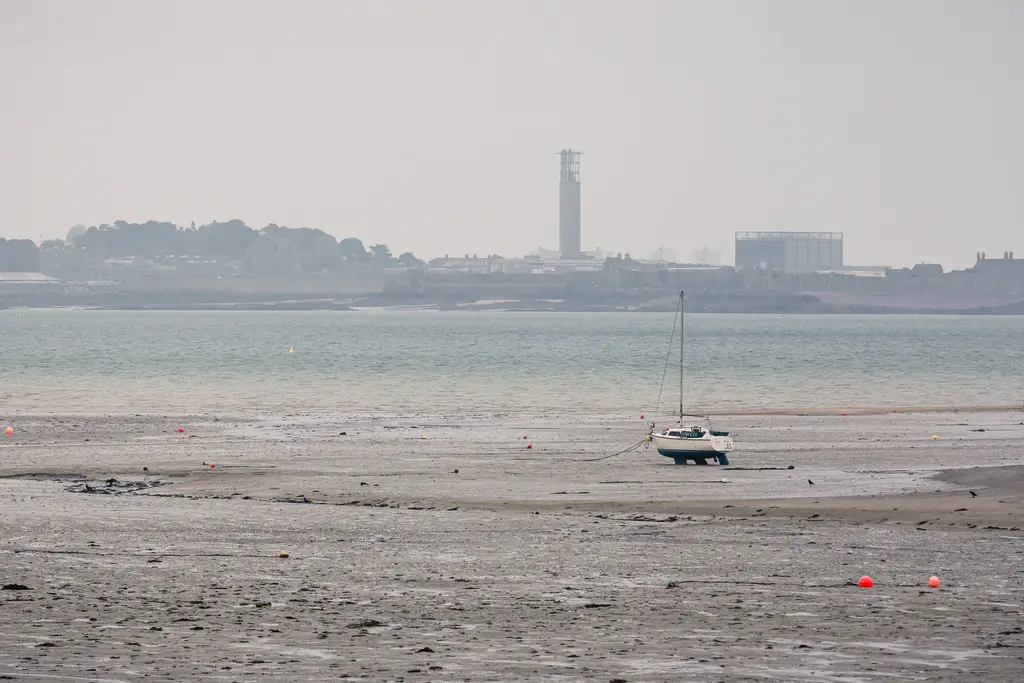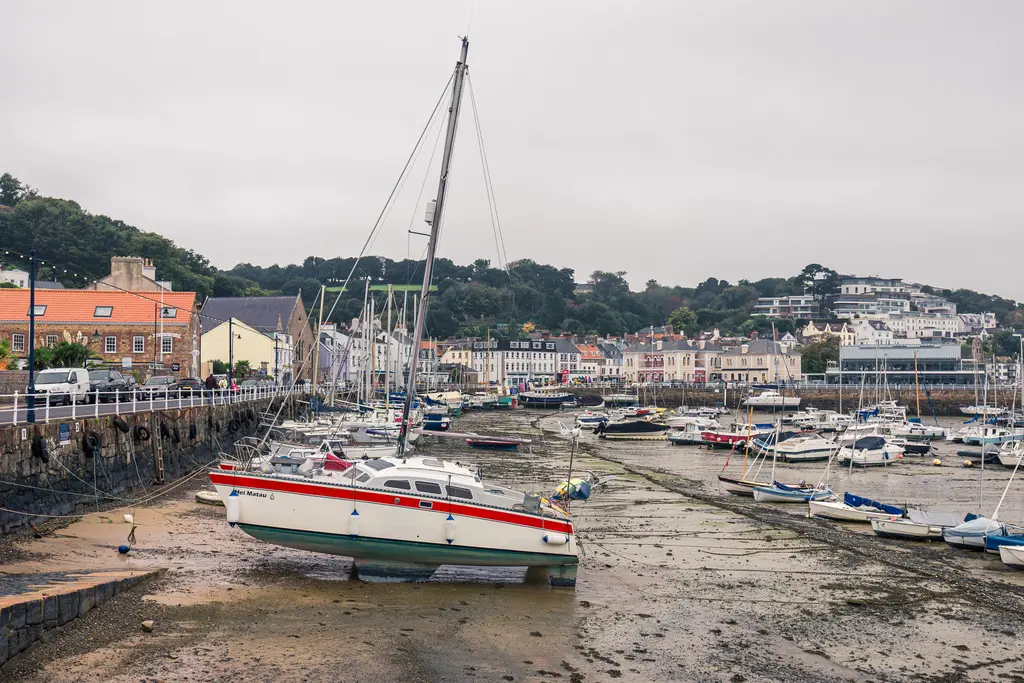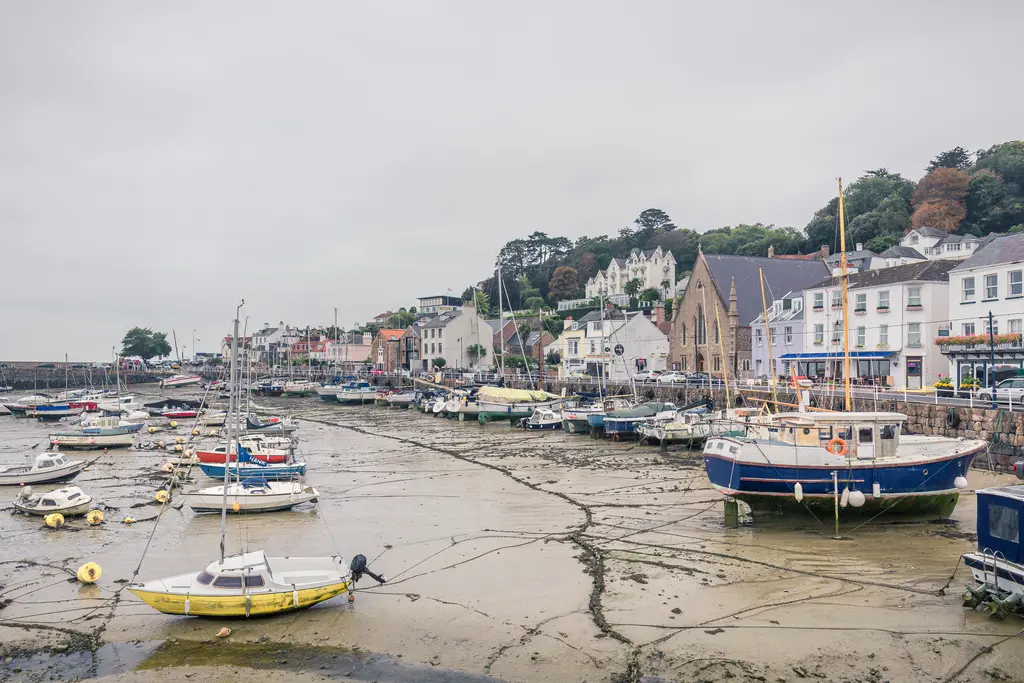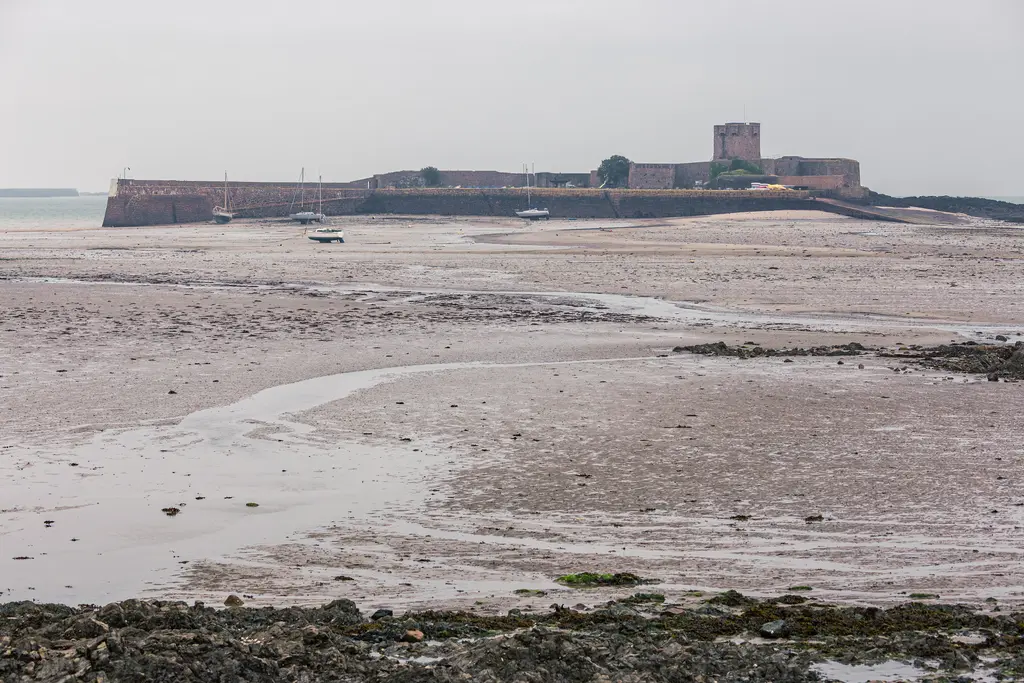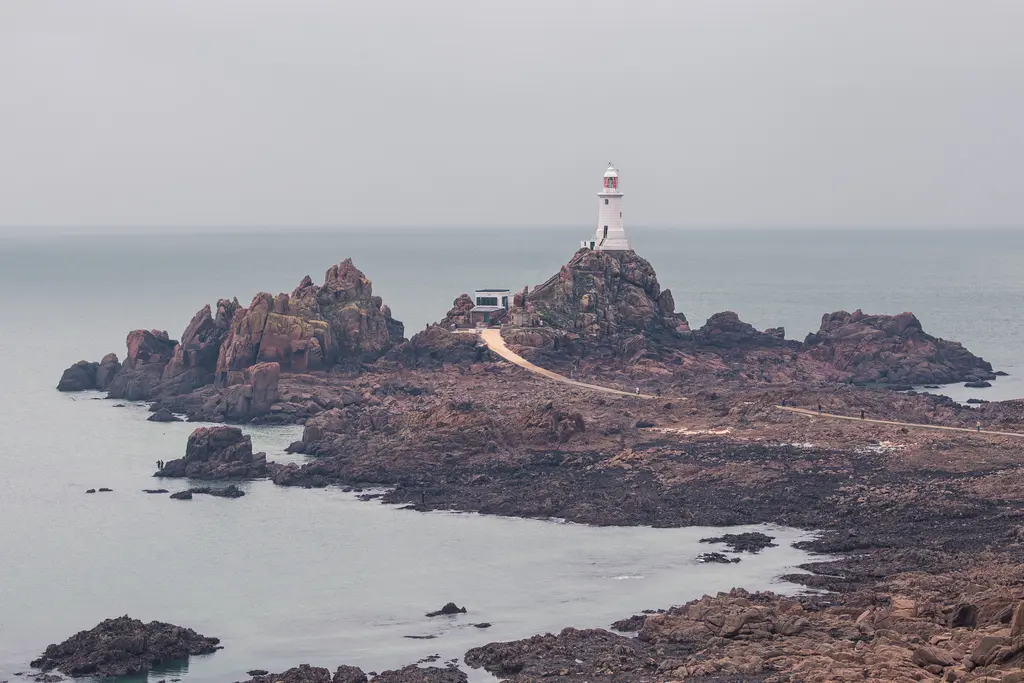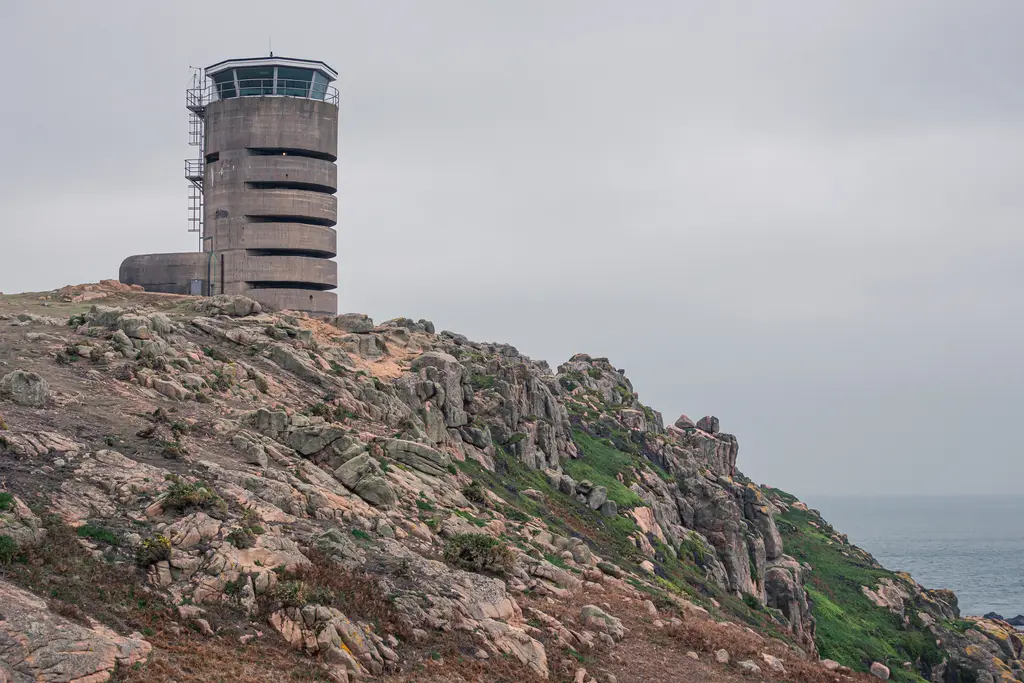Jersey, Channel Islands, October 2025
Jersey, Channel Islands, October 2025
Jersey sits somewhere between England and France—geographically and otherwise. The town names are French, the cars drive on the left, and the seagulls seem to scream in both languages.
Politically, too, the island is a curious in-between. It’s not part of the United Kingdom, but a Crown Dependency, with its own government. Jersey belongs to the British Monarch, but not to Britain itself. It’s complicated.
The capital, St. Helier, home to around 35,000 people, feels like a seaside town with big ambitions—and serves as the island’s economic heart: a mix of modern facades, a few Victorian buildings, and plenty of wind. It smells of fish and money. One in five of the island’s 100,000 residents works in finance.
Beyond the town, the island is surprisingly diverse. The north has steep cliffs, while the south has wide, sandy beaches, rugged bays, and small villages where time seems to stand still. The coastline is wild and ever-changing. Jersey’s tidal range is among the largest in the world. At low tide, the sea retreats for miles, revealing a landscape of rocks, seaweed, and puddles, best explored with rubber boots and patience. Those who know their way around find oysters; those who don’t, slip.
Boats lie stranded in the sand like forgotten toys. Towers and fortresses that stood on islands just hours before can suddenly be reached on foot. The sea comes and goes.
The money stays.

